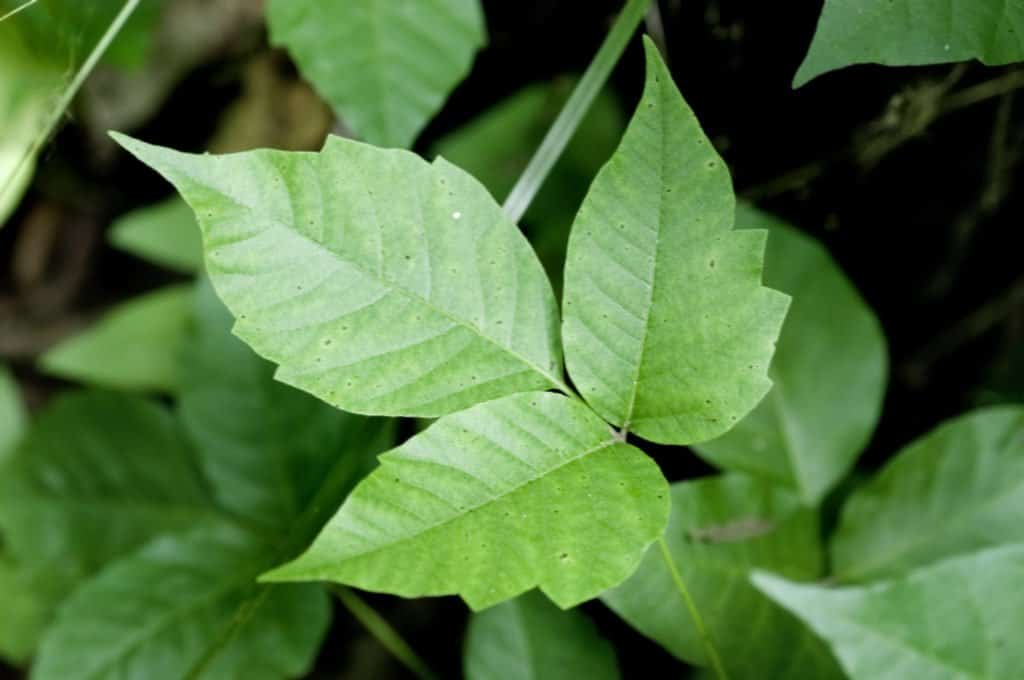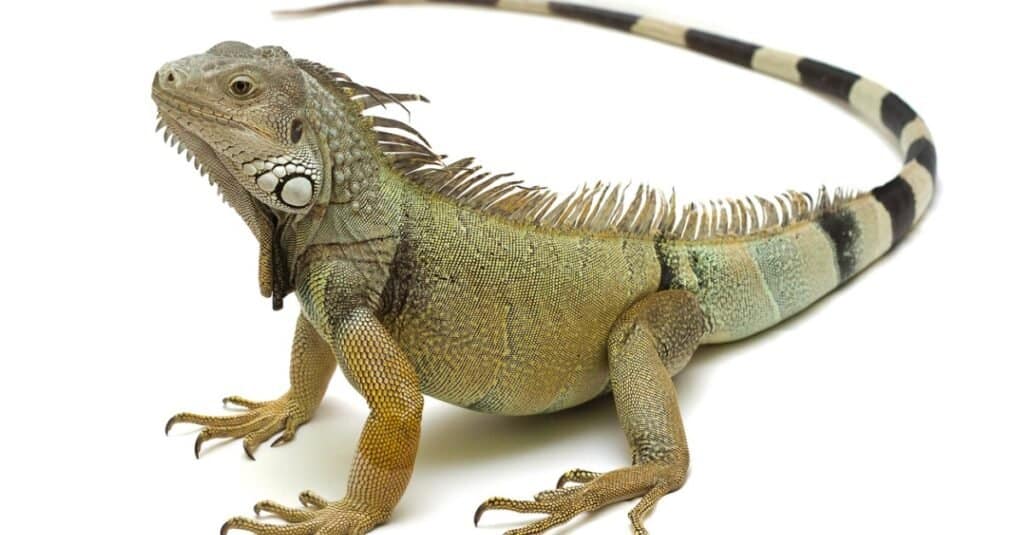What Are Three Main Differences Between Plant And Animal Cells
Institute and animal cells are both extremely important to the survival of millions of species and without them life couldn't exist. Although they share a lot of similarities, they have quite a few differences besides, and fifty-fifty the smallest difference can be massively important to the job that they exercise. So how are they alike and what separates institute cells vs. animal cells?
Well, they are a different size and shape and store different types of energy. Both have a nucleus, although it is centrally located in 1 and not in the other. They both take jail cell membranes, although ane has a cell wall and the other doesn't.
Comparing Animal Cells vs Plant Cells
Plant and animal cells have many differences and each dissimilar function is vital to the office they play. They are so essential that they are considered to be the edifice blocks of every living thing on globe – both plant and animal. Although most cells are so tiny that they can just be seen through a microscope at that place are some of import differences between them.
Check out the nautical chart below to acquire a few of the chief differences.
| Brute Cells | Institute Cells | |
| Size | 10 – 30 micrometers | 10 – 100 micrometers |
| Shape | Irregular shape | Stock-still, rigid shape – often rectangular |
| Cell Wall | No | Yes |
| Chloroplasts | No | Yes |
| Nucleus location | Central | Off center, towards one side |
| Vacuole | Many pocket-size vacuoles | Large fundamental vacuole |
| Stored free energy | Glycogen | Starch |
| Plasmodesma | No | Yes |
| Lysosomes | Yep | Rarely |
| Centrioles | Yes | Rarely |
The 10 Key Differences Between Constitute and Animal Cells

Tim Mainiero/Shutterstock.com
Plant vs Animate being Cells: Size
Beast cells are generally much smaller than plant cells. Animal cells are commonly between 10 and 30 micrometres while constitute cells are between 10 and 100 micrometres.
Plant vs Animal Cells: Cell Wall
Animal cells exercise non have a jail cell wall. Instead they have a cell membrane. However, plant cells have a stiff cell wall that is made from cellulose too equally a cell membrane.
Plant vs Animal Cells: Shape
As found cells have a strong prison cell wall they have a fixed and rigid shape that is usually rectangular. Notwithstanding, the opposite applies to animal cells. As they don't accept a cell wall they are irregular shapes.
Plant vs Beast Cells: Vacuole
Vacuoles are spaces or cavities within cells that enclosed by a membrane and usually contain fluid. Fauna cells have many small-scale vacuoles within them while institute cells take one large one. The vacuole within a plant prison cell can sometimes take upwardly towards xc% of information technology.
Institute vs Animal Cells: Nucleus
The nucleus is one of the most of import part of a prison cell equally it contains all of the genetic data for the jail cell and controls cell sectionalisation. In animal cells the nucleus is located fairly centrally inside the cell. Nevertheless, in plant cells information technology is located towards one side of the prison cell. This is because the big fluid filled vacuole takes up most of the room inside institute cells.
Plant vs Creature Cells: Stored Energy
Both plant and animal cells shop energy and both utilise glucose every bit their principal course of energy. Yet, they store it in dissimilar forms. Beast cells store energy in the grade of glycogen while plants store information technology in the grade of starch.
Plant vs Animal Cells: Chloroplasts
One of the major differences between establish and animal cells is the presence of chloroplasts. Plant cells have chloroplasts while animal cells don't. Plant cells need chloroplasts then that they can convert energy from sunlight into usable energy via photosynthesis. Animals do not exercise this so they don't need chloroplasts.
Found vs Animal Cells: Plasmodesma
Plasmodesmata are tiny channels that lie betwixt the prison cell walls of plant cells. They allow molecules, nutrients, and water to motion between cells – known as intercellular advice. Plasmodesmata are only present in institute and algae cells and are non present in beast cells.

iStock.com/Che_Tina_Plant
Establish vs Animal Cells: Lysosomes
Lysosomes are membrane bound organelles that are found within cells. Their principal part is to break down proteins, acids, large molecules, and unwanted materials. They are present within animal cells just are very rarely found within plant cells. This is considering plants have tough cell walls which are potent plenty to go on whatever of the unwanted substances out of the cell that a lysosome would ordinarily break down.
Plant vs Beast Cells: Centriole
Centrioles are cylindrical organelles which are found in the cytoplasm of animal cells. They are found most the nucleus and are made upward of nine microtubles arranged in a circle. Their main part is to arrange the microtubles during cell division. Centrioles are found in animal cells, but are not typically found in plant cells. Nonetheless, institute cells still contain microtubles.
FAQ's (Often Asked Questions)
What parts of cells are the aforementioned in both plants and animals?
Both plant and animal cells have cell membranes, a nucleus, cytoplasm, and mitochondria.
Are all plant cells the same?
No, plant cells vary past location, function, type, and even by the individual plant species.
What are eukaryotic cells and are both plant and animal cells eukaryotic cells?
Yes, both establish and brute cells are eukaryotic cells. Eukaryotic cells are cells that contain a nucleus and other membrane-bound organelles.
Can cells repair themselves?
Yes, both establish and brute cells can repair themselves. This is known equally regeneration and is a natural process that allows plants and animals to repair and supervene upon cells and tissues, heal wounds, and even regrow limbs in some limited cases – such as starfish regrowing arms and lizards regrowing tails.
Tin cells produce their own food?
Institute cells can produce their ain food but animal cells tin't. This is because plant cells incorporate chloroplasts so that they tin convert free energy from the sunlight into nutrients – therefore producing their ain food using the process known as photosynthesis. Animate being cells don't contain chloroplasts and then they cannot make their own food, pregnant that they demand to get it from another source. This is why plants are known as producers, while animals are known as consumers.
What are the different types of animal cells?
Some of the dissimilar types of animal cells include claret, musculus, nerve, skin, and stem cells.
Source: https://a-z-animals.com/blog/plant-cells-vs-animal-cells-10-key-differences-explained/
Posted by: moorekrounist.blogspot.com

0 Response to "What Are Three Main Differences Between Plant And Animal Cells"
Post a Comment